Samuel Beckett - Murphy
Here you can read online Samuel Beckett - Murphy full text of the book (entire story) in english for free. Download pdf and epub, get meaning, cover and reviews about this ebook. year: 2009, publisher: Faber and Faber, genre: Detective and thriller. Description of the work, (preface) as well as reviews are available. Best literature library LitArk.com created for fans of good reading and offers a wide selection of genres:
Romance novel
Science fiction
Adventure
Detective
Science
History
Home and family
Prose
Art
Politics
Computer
Non-fiction
Religion
Business
Children
Humor
Choose a favorite category and find really read worthwhile books. Enjoy immersion in the world of imagination, feel the emotions of the characters or learn something new for yourself, make an fascinating discovery.
- Book:Murphy
- Author:
- Publisher:Faber and Faber
- Genre:
- Year:2009
- Rating:3 / 5
- Favourites:Add to favourites
- Your mark:
- 60
- 1
- 2
- 3
- 4
- 5
Murphy: summary, description and annotation
We offer to read an annotation, description, summary or preface (depends on what the author of the book "Murphy" wrote himself). If you haven't found the necessary information about the book — write in the comments, we will try to find it.
Murphy — read online for free the complete book (whole text) full work
Below is the text of the book, divided by pages. System saving the place of the last page read, allows you to conveniently read the book "Murphy" online for free, without having to search again every time where you left off. Put a bookmark, and you can go to the page where you finished reading at any time.
Font size:
Interval:
Bookmark:
Murphy is the first extended piece of writing that Beckett was satisfied with, and it is easy to see why. What he wrote before, in both verse and prose, had been dazzling, clever and inventive, and yet the same qualities evidently derived as much from an instinct to withhold as from the desire to share talent gets paraded in front of what cannot bear examination. The accomplishment represented by Murphy therefore marks a turning point. It gave its author sufficient self-belief to sustain him through tedious negotiations with a succession of publishers, during which he refused to revise what he had written. It made it reasonable for him to set about translating the English publication into French himself as his next task, and later, following Godot, its publication in America prepared the way for a broader understanding of his writing throughout the English-speaking world. Murphy is the book in which Beckett discovered his first, most pressing theme or, more accurately, the beginning of a way to manage a situation in which he found himself immured. The protagonist is the first of a series whose names begin with the thirteenth letter of the alphabet, on whom Becketts writing afterwards came to turn. Conflicted ambitions complicate his earlier writing, and the same frustration is not completely under control in Murphy, but what bitterness survives is balanced by another, sweeter quality, a compassion that Thomas MacGreevy and Brian Coffey intuited from the first, and that survived to spread a benign influence across the writing of his later years.
Murphy was written by hand in six notebooks across the space of ten months, and the pace of Becketts progress is charted by references in letters to MacGreevy and other friends. He had returned to London from Dublin in September 1934 and had been in lodgings in Gertrude Street in West Brompton almost a year before he sat down to write. He began in mid-August 1935 and wrote some 9,000 words during the following four weeks, at which point he revealed that he had already decided the kite-flying episode in Hyde Park would conclude the book. Pressing on, he completed 20,000 words by October and had only three chapters to go by February 1936. The collection of poems, Echos Bones, was published in November 1935, and he returned home to Foxrock in December. Work on the novel was halted for a couple of months but revived with springtime in the garret of Clare Street, Dublin, where he had earlier written More Pricks Than Kicks, and he was able to bring it to a close by early June 1936, dispatching a typescript to Chatto and Windus, the publishers of both Proust and More Pricks Than Kicks, before the end of the same month.
The more or less steady advance in the process of composition suggests a sense of purpose in the writing of Murphy that is confirmed by surrounding preparations and circumstances. The book draws on Becketts experience of living in London, and on material he noted in his reading or drafted previously. However, he read for the new task with deliberate intent in Elizabethan and Jacobean drama, Fielding, Spinoza and Geulincx in a way that reinforced, rather than confused, his design. Thus, a rejected short story entitled Lightning Calculation (now at Reading University Library), centring on a protagonist called Quigley, provides a character who makes a fleeting appearance (p. 13) and contributes material incorporated in the Lyons tea shop episode. The Whoroscope notebook (also at Reading) contains notes and synopses of material concerning horoscopes and the duties of male nurses at Bedlam, among other things, which were entered before, during and quite late in the process of composition. Beckett underwent therapy before and during the period when he was writing, and his reading in Gestalt and Klpe psychology finds a place, but the visits to his friend Geoffrey Thompson at Bethlem Royal Hospital in Kent between February and October 1935 were deliberate field trips undertaken to gather material. Although he was still writing under the shadow of Joyces working methods, the nexus of allusion here is held in place by a firmer sense of purpose than ever before. The book was written out of a sense of a dilemma understood as both personal and shared: the half-allowed pretension to mastery is simultaneously a joke and, seriously, an image of this crucial dilemma.
The instinct that led Beckett from one method of writing to another, as he moved on from prentice work to discover his own subject and style, was confirmed by the revisions he made between the time he first submitted his book for publication and when it was published two years later. Murphy was turned down by Chatto on 15 July 1936, then by Heinemann on 4 August, soon after which he gave a copy to George Reavey to circulate among English publishers, as he had given another copy to Mary Manning Howe to do the same in the US. At the end of September 1936 he left for Germany, and did not return until the beginning of April 1937. A succession of rejections by publishers on both sides of the Atlantic followed during his absence, some indicating that they might be interested if changes to make the book more saleable were allowed, which Beckett in his turn refused summarily to do. Eventually, following dismal months at Foxrock during which he had a car accident , failed to make progress with a play centred on Dr Johnson, left again for Paris (October) and returned briefly to Dublin to take part in a bruising libel action on behalf of his uncle, he learned at long last back in Paris, on 9 December 1937 that Murphy had been accepted for publication by Routledge. Jack Yeats recommended it to his own editor there, T. Murray Ragg, and the usual literary reader Herbert Read afterwards confirmed Raggs acceptance with enthusiasm. As it happens, Beckett was stabbed in the street in the early hours of 7 January 1938, and received page proofs while he was recovering from stab wounds in hospital. He made alterations and insertions, and the book went into production in February. Materials for 1,500 copies were printed and copies went on sale on 7 March, price 7/6d. Beckett was surprised and cheered by the turn events had taken and only disappointed that the cover failed to include a photograph of two chimps playing chess that had caught his eye in the Daily Sketch at the time he finished writing.
Becketts preparations and the composition of his text were particularly orderly; similarly Routledges production was notably efficient, but the relation between the two sets of events contains complications that are significant. First, while the text of Murphy draws on the unpublished story Lightning Calculation and the Whoroscope notebook, these materials are prior to and/or supplementary to the process of composition, not constitutive . Story and notebook are used in different ways, to be sure, but they both fall into the category of what German editors call paralipomena. The letters and private memoranda to which reference has also been made are similarly adjacent. Second, the manuscript in which Beckett wrote out his novel continuously in six small exercise books, is in private hands and not available for consultation. Beckett gave it to his friend Brian Coffey, who in turn sold it on during the 1960s, and the brief accounts we have of it for instance, by Becketts biographer, James Knowlson are insufficient to gauge its relationship to the extant typescript. One can only guess that the sixth exercise book, which has a different-coloured cover, might contain the closing chapters of the work completed after the bout of writers block in Ireland.
Finally, the corrected carbon at the Humanities Research Center at Austin, Texas, bound in cloth-backed wrappers and signed and dated by its author at 6 Clare Street, 26 June 1936, must be treated with caution. Beckett mentioned to Reavey a year later that there were three manuscripts (he presumably meant typescript copies): the HRC carbon, which is numbered III, presumably remained in his possession during the time that the other two circulated independently as directed by Reavey and Manning. The HRC carbon is also, presumably, the copy known to have been lent at different times to MacGreevy, Coffey and Denis Devlin to read before publication. This, together with the fact that it includes a correction not taken forward into the Routledge printing, suggests that it was not the typescript used for setting the printed copy. Indeed, the two pairs of verse lines that appear on page 235 of the Routledge text are not present in the HRC typescript, yet they are ticked in the
Font size:
Interval:
Bookmark:
Similar books «Murphy»
Look at similar books to Murphy. We have selected literature similar in name and meaning in the hope of providing readers with more options to find new, interesting, not yet read works.
Discussion, reviews of the book Murphy and just readers' own opinions. Leave your comments, write what you think about the work, its meaning or the main characters. Specify what exactly you liked and what you didn't like, and why you think so.

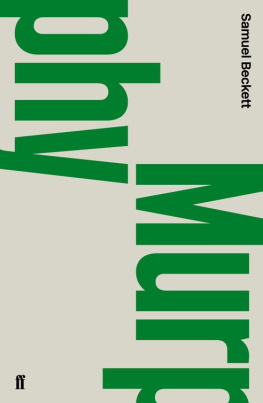
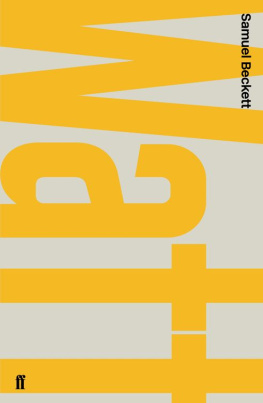
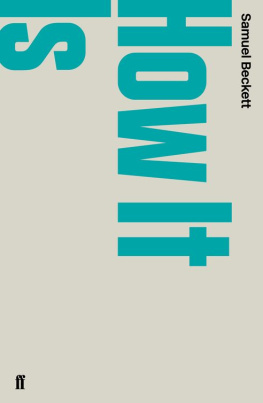
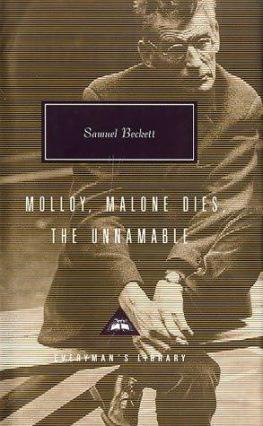
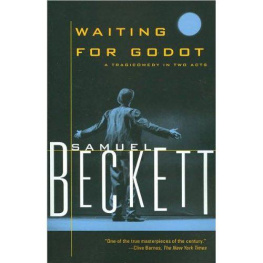
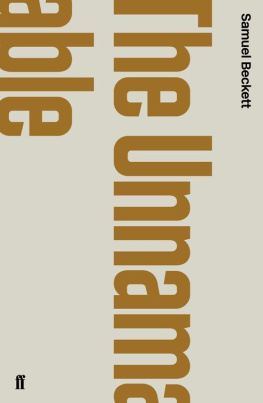
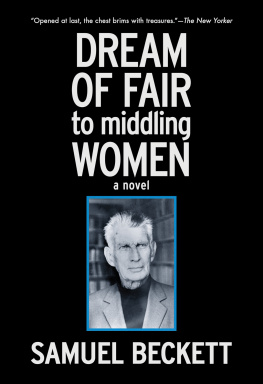
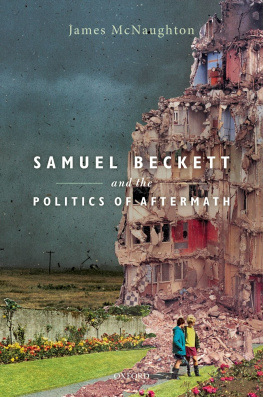
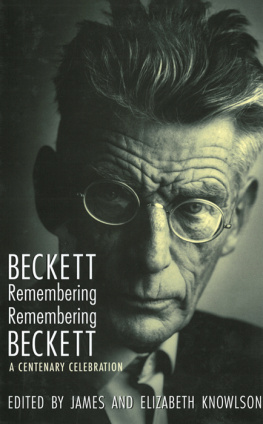
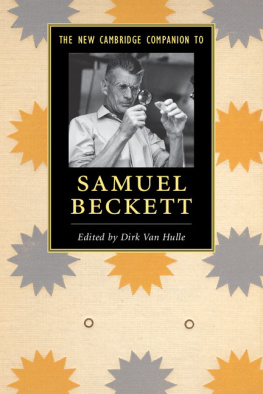
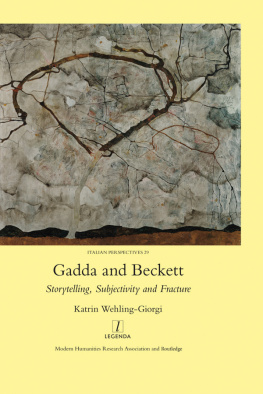

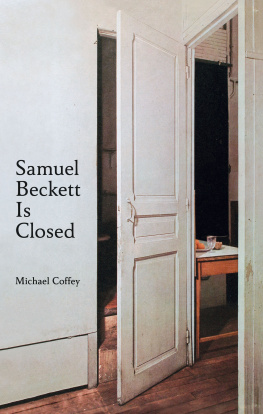
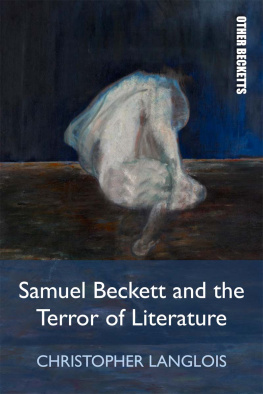
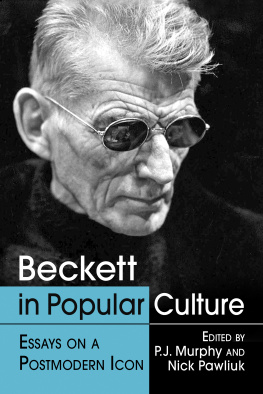
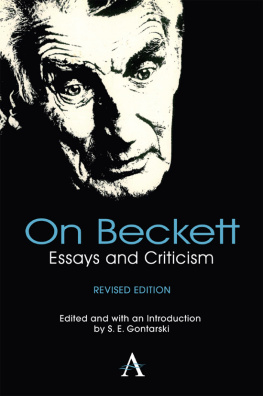
![Samuel Beckett [Samuel Beckett] - The Complete Dramatic Works](/uploads/posts/book/72751/thumbs/samuel-beckett-samuel-beckett-the-complete.jpg)